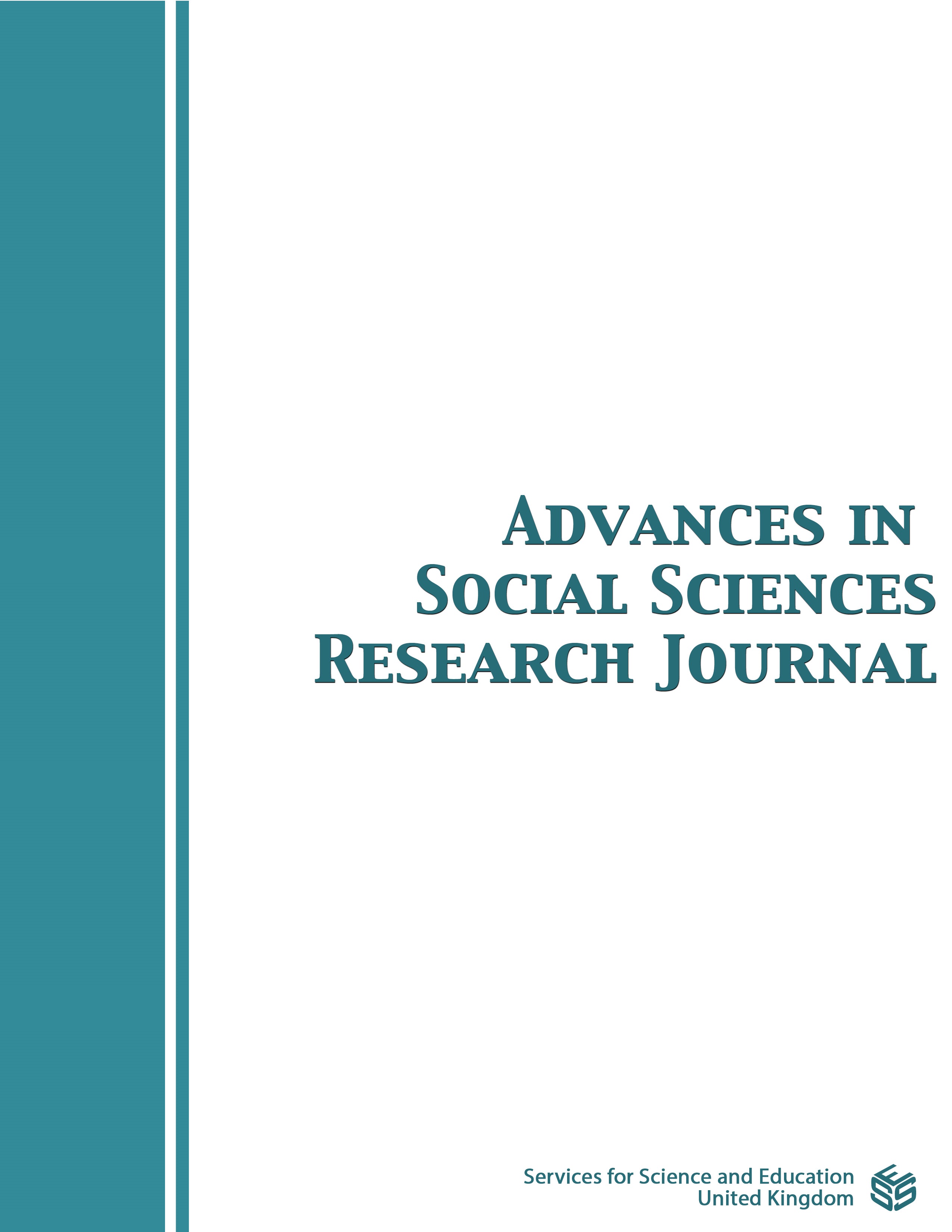Intention to Use Internet of Things Among Future Accountants: Analysis Using the Technology Acceptance Model
DOI:
https://doi.org/10.14738/assrj.116.17150Keywords:
Internet of Things (IoT), Technology Acceptance Model (TAM), perceived ease of use, perceived usefulness, attitudeAbstract
The study explores factors influencing future accountants' intention to use the Internet of Things (IoT) in accounting by employing the Technology Acceptance Model (TAM). Key factors such as perceived ease of use, perceived usefulness, and attitude were examined using an online survey targeted to final-semester students at a public university’s Accounting Department. While 337 participants were targeted, only 121 took part. The primary objective of the survey is to access these students' perceptions of the various factors that influence the integration of IoT into accounting practices. The data was analysed using statistical techniques include correlation analysis and regression to test multiple hypotheses about the relationships between factors. The study was able to provide insights into how IoT adoption among future accountants can help transform the accounting industry. It also enhances understanding on the challenges and opportunities in integrating IoT into accounting practices. Key findings indicate that perceived usefulness has a significant and positive relationship with behavioural intention among future accountants, suggesting that they are more inclined to adopt IoT if they perceive it as useful. However, perceived ease of use and attitude do not have statistically significant impact on behavioural intention. The findings can help educational institutions and technology providers better prepare accountants for an evolving job market.
Downloads
Published
How to Cite
Issue
Section
License
Copyright (c) 2024 Nurul Syamila Jasmani, Shazalina Mohamed Shuhidan, Yunita Awang

This work is licensed under a Creative Commons Attribution 4.0 International License.
Authors wishing to include figures, tables, or text passages that have already been published elsewhere are required to obtain permission from the copyright owner(s) for both the print and online format and to include evidence that such permission has been granted when submitting their papers. Any material received without such evidence will be assumed to originate from the authors.






